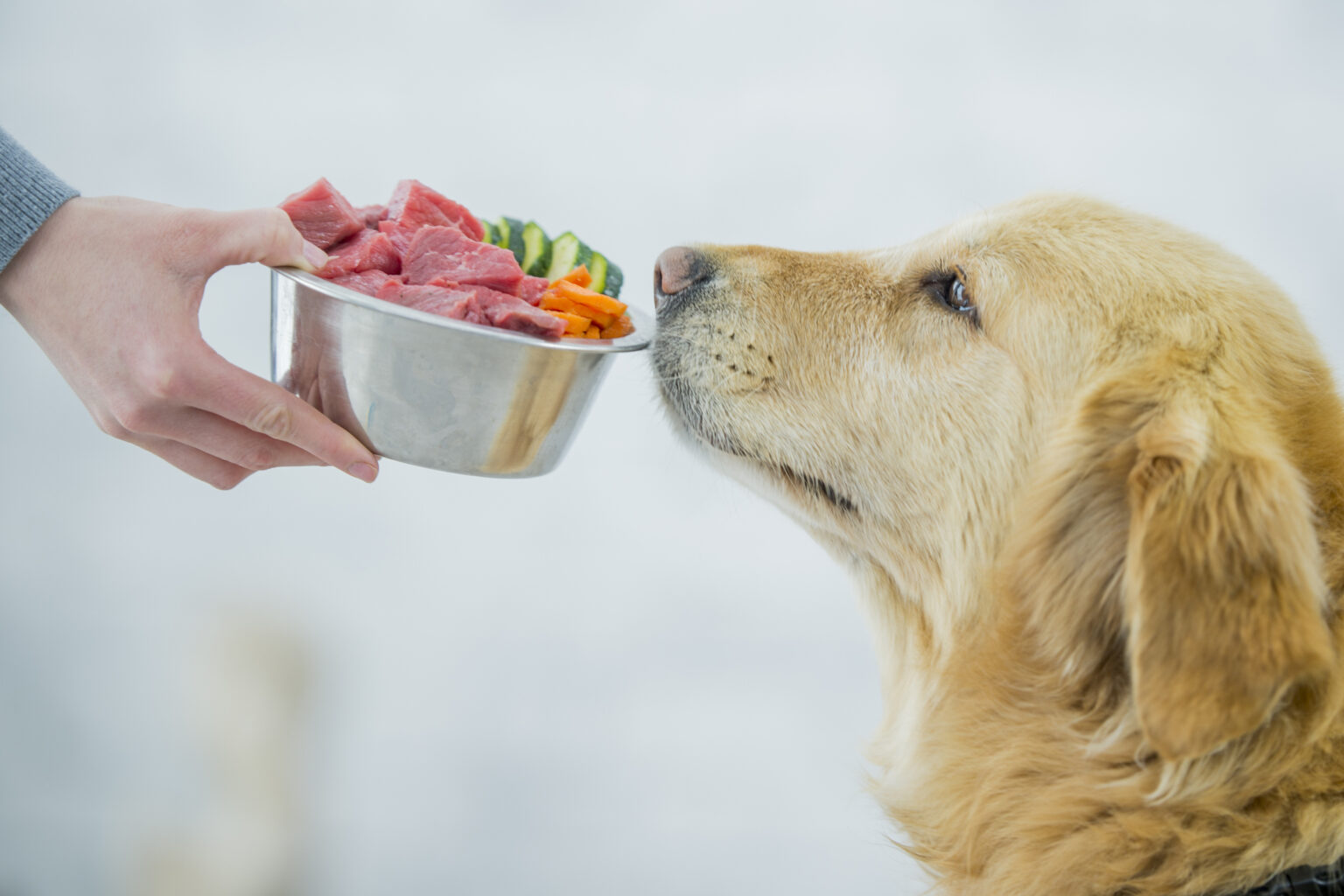Is your pet constantly itching? Are they always gnawing at their paws? While it may not be apparent at first glance, it could be a reaction to certain foods.
Like humans, pets can suffer from a number of allergies: from environmental (such as grass or pollen) to parasites (like fleas, ticks and mites) to food (like grains or dairy). However, while environmental triggers may only happen during a particular season, when your furry friend has discomfort all year round, the culprit may be something in their diet.
Food intolerance vs food allergy
You may be wondering what the difference is between a food intolerance and a food allergy.
An allergic reaction is an overblown immune response to a substance the body believes is a threat (usually a protein source). A food intolerance, on the other hand, is when the body can’t process or digest a specific food.
There is a genetic component to both. This is why certain breeds (like Siamese and Westies) are more susceptible to allergies and food sensitivities.
While allergies can be severe and life-threatening, food intolerances aren’t usually serious (though they can be uncomfortable). However, as symptoms can be similar for both, it’s essential to seek advice from your vet.
What are the signs?
Food intolerances are more common than food allergies and they often manifest in gastrointestinal issues (gas, vomiting, diarrhoea and constipation), while allergies often affect the skin. Symptoms of an allergy include excessive scratching, inflamed skin, ear infections, skin infections, and sometimes, diarrhoea and vomiting.
An example of a common food intolerance is lactose intolerance, which often causes stomach upsets.
What can I do to help?
Always check with your vet if you suspect your pet has an allergy, intolerance or infection, as it is important to get the right diagnosis.
Fortunately, food intolerances and allergies can be managed, so you can reduce symptoms by identifying and avoiding the offending foods. Sometimes, your vet may recommend trying a hypoallergenic pet food or veterinary diet. Or, in other cases, an elimination diet, which is when potential allergens are removed for some time until symptoms improve. Then, they are reintroduced one by one to detect any reactions. The goal is to find the problematic food and remove it entirely from your pet’s diet.
What are hypoallergenic foods?
Hypoallergenic foods exclude common allergens, like grains, soya, beef and dairy. They often contain a single-source protein, which can help if you know the specific protein your pet is having a reaction to.
Veterinary or prescription foods may also be given to help manage food allergies and intolerances. Some of these diets contain hydrolysed protein, a protein source that has been broken down into particles so small that they’re easy to digest and won’t cause a reaction from the immune system. These diets must only be fed under the recommendation of your vet.
Should all pets avoid grains?
Not all cats and dogs need to be restricted from eating grains. But if you have an itchy pet or a pet with frequent digestive issues, you could try feeding your dog or cat a grain-free diet.
Grains are packed full of nutrients: the key is in the quantity and quality of the grains in your pet’s food. So, while meat should ideally be the first and main ingredient, grains can be beneficial too, especially in their whole form, like rice or oats. Lower-quality pet foods are high in processed grains and low in meat. They may also contain fillers such as modified cornstarch and soybean meal, which have little nutritional value.
Which foods would you recommend?
While there are many hypoallergenic foods that we know and trust, it’s important to speak to your vet for a more personalised recommendation.
Below are some of the foods our resident vets recommend (once on the page, filter by anything relevant such as pet type or dietary requirements using the left-hand side menu):

